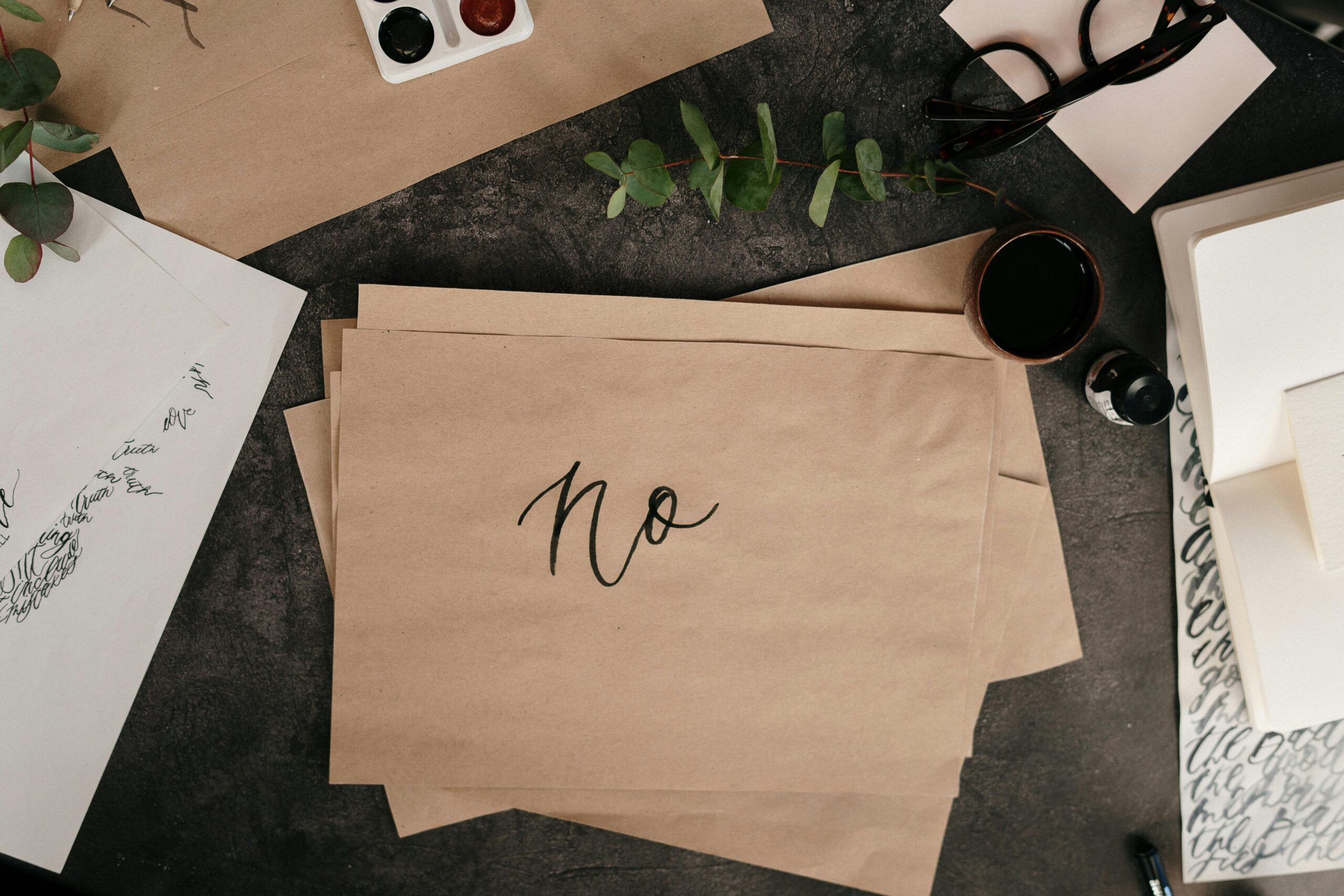Introduction to Numismatics
Numismatics, the study or collection of currency, including coins, tokens, paper money, and related objects, is a fascinating hobby that combines history, art, and economics. For many, the thrill of discovering a rare and valuable coin is unparalleled, offering both financial reward and personal satisfaction. But how does one determine the rarity and value of a coin? This guide aims to shed light on this intriguing process, providing insights into identifying coins that might just be worth more than their face value.
Understanding Coin Rarity
Coin rarity is a critical factor in determining a coin’s value. Collectors often seek coins that are not only old but also rare. Several factors contribute to a coin’s rarity:
- Mintage Numbers: The number of coins originally produced. Coins with lower mintage numbers are generally considered rarer.
- Survival Rates: Not all coins survive in collectible condition. The fewer that remain, the rarer the coin becomes.
- Historical Significance: Coins from significant historical periods or events can be more desirable.
Understanding these aspects can help collectors make informed decisions. For instance, a coin minted during a short-lived regime or a coin that was quickly withdrawn from circulation can be highly sought after. Additionally, errors in minting, such as misprints or unusual designs, can increase a coin’s rarity and value significantly.
Assessing Coin Condition and Grading
The condition of a coin, often referred to as its grade, is another essential factor in determining its value. Coin grading involves evaluating the coin’s physical state, including its wear, luster, and any damage it may have sustained over time. Professional grading services use a standardized scale to rate coins, typically from Poor (P-1) to Mint State (MS-70).
Here are some key points to consider when assessing a coin’s condition:
- Wear and Tear: Coins with minimal wear are generally more valuable.
- Luster: A coin’s original mint luster can enhance its appeal and value.
- Damage: Avoid coins with significant scratches, dents, or corrosion.
Collectors often rely on professional grading services to authenticate and grade their coins, ensuring an objective assessment. Graded coins usually come with a certificate, providing peace of mind and potentially increasing their market value.






